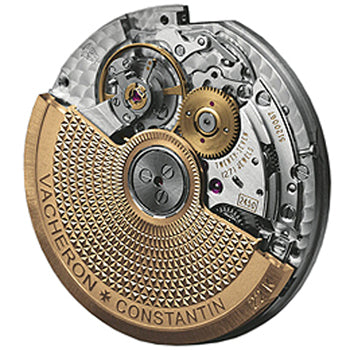Understanding Mechanical Watches — From Automatics to Hand Winds
We’re noticing a growing number of customers who are fascinated by mechanical timepieces because the watches house hundreds of tiny parts that work together mechanically (without batteries or solar power). Indeed, these watches are coveted, especially by automobile lovers and art lovers who understand the complexity and craftsmanship that goes into making a mechanical watch.

Of course, there are several types of mechanical watches, and some people naturally gravitate to one over the other. Essentially, the two categories of mechanicals are hand-wound (or manual-wind) watches and automatic (or self-winding) watches.
Essentially, a hand-wound mechanical watch houses a movement that must be wound by the wearer on a regular basis. It is wound via the crown so that, finely put, the wearer acts as the initial power supplier by physically winding the watch crown on a regular basis to power the timekeeping function. Inside the watch, once the crown is turned, a complicated system of gears transmits the energy from the crown to a main spring, which is coiled in a barrel. As the wound spring slowly uncoils, it releases the power necessary to activate the movement and make time tick. There is a balance wheel within the watch that helps to regulate that energy release, keeping the movement accurate. Unfortunately, if one forgets to wind the watch, the energy runs out and the watch stops working. One will need to reset the time and wind the watch again before wearing.

In an automatic watch, the movement of the wearer’s wrist automatically winds the rotor and stores the power. There is nothing the wearer needs to do unless the watch is not worn and sits still for too long in one place (in which case it will have to be set before wearing again). In this type of watch, the movement is fitted with an automatic rotor (also referred to as an oscillating weight) that winds itself as the wearer’s wrist moves naturally. As the rotor moves, it winds the mainspring and stores the power. As long as the watch is being worn, and generally for a specified amount of time after the watch comes off (power reserve), it retains energy. When the power reserve dwindles (if it hasn’t been worn again), the watch stops running and needs to be re-set before wearing again.
The amount of power reserve in an automatic watch varies depending on the timepiece and the movement. Some offer 42 to 72 hours of power reserve (meaning the watch will stay wound for that long after it has been taken off), while other more complex watches can have seven, eight or more full days of power reserve.

